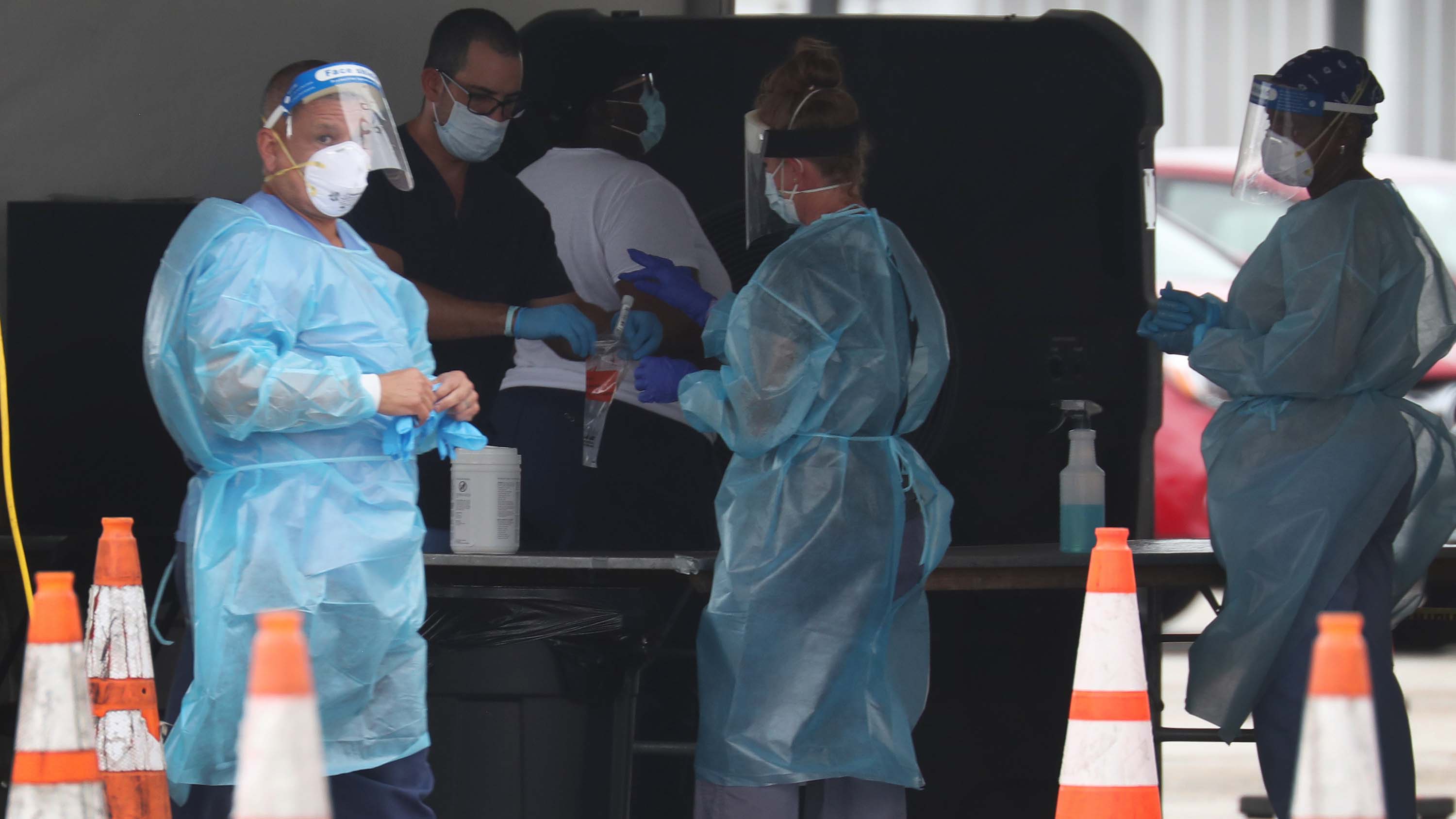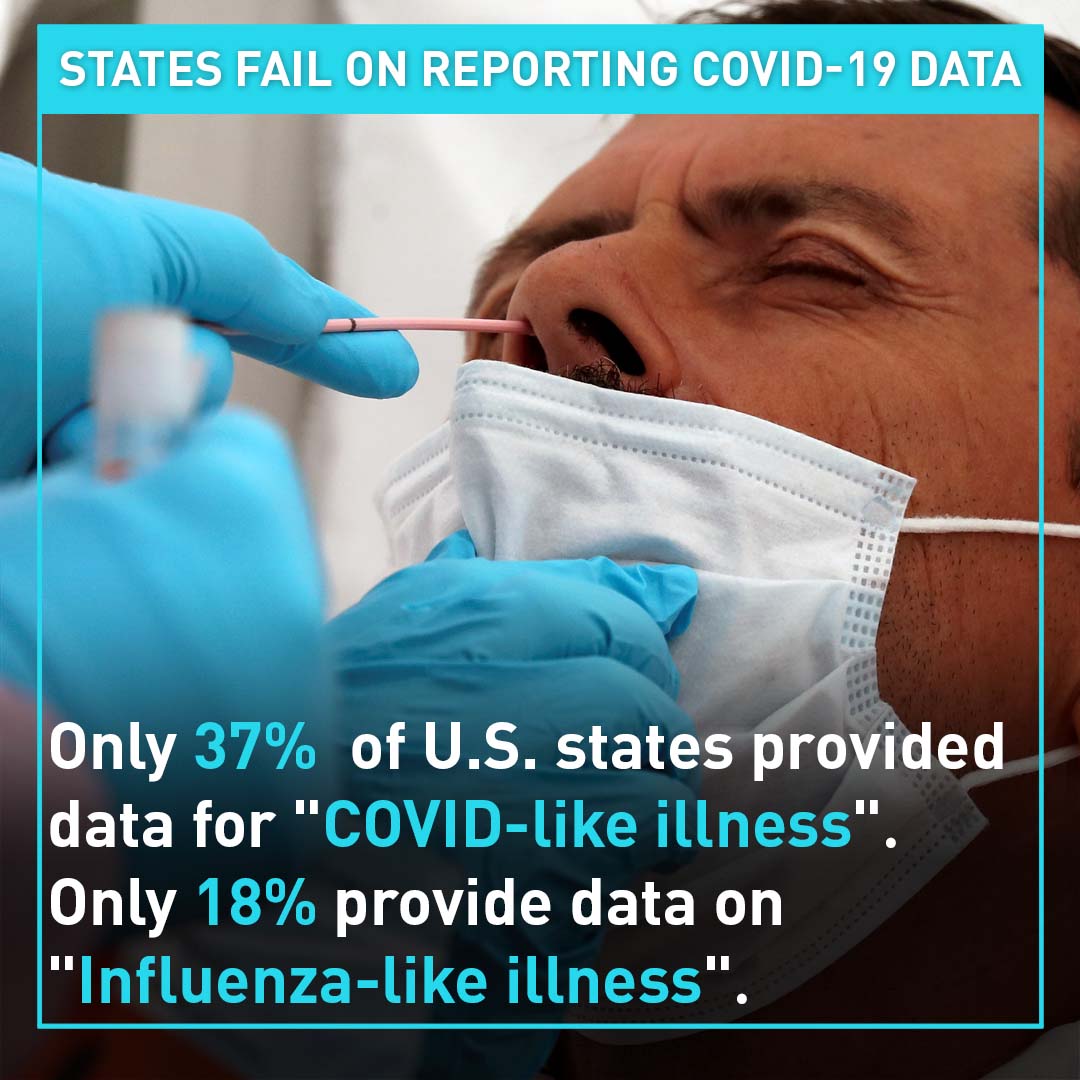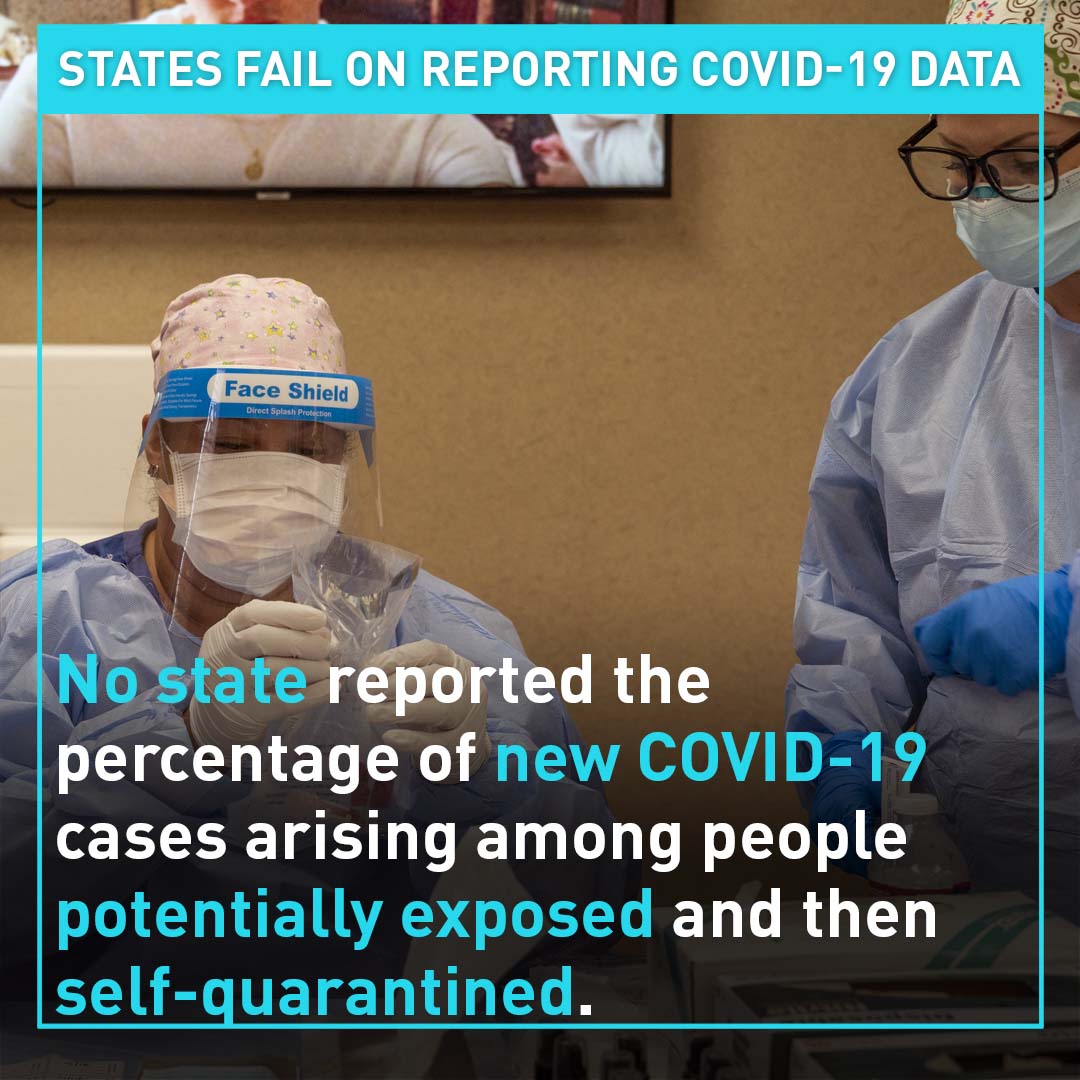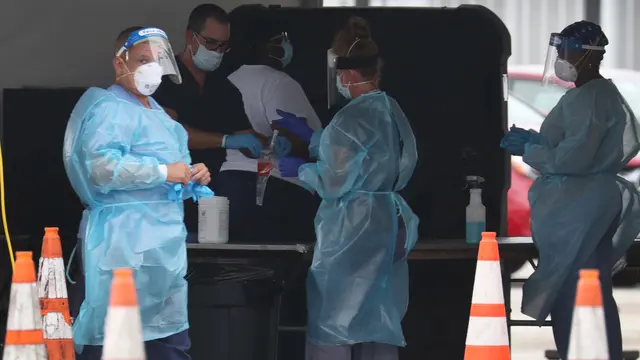
A new report on how U.S. states track COVID-19 data was published Tuesday by Vital Strategies - a global public health organization led by Dr. Tom Frieden, a former director of the Centers for Disease Control and Prevention.
The report
, Tracking COVID-19 in the United States, exposes gaps and inconsistencies in U.S. public health reporting, which could be a factor contributing to the U.S. case count soaring well above 3.8 million.
Johns Hopkins University reported 3,919,550 confirmed U.S. cases at 1 p.m. Monday. That is more than 45 times higher than the confirmed cases in China - the nation that first reported the outbreak.
"Unlike many other countries such as Germany, Senegal, South Korea, and Uganda, the United States does not have standard, national data on the virus and its control," the report stated. "The US also lacks standards for state-, county-, and city- level public reporting," it added.
Frieden praised state efforts to track the pandemic, but blamed inconsistencies in state reporting on "a lack of national leadership." He said the lack of "common standards, definitions, targets or accountability” has resulted in a “tsunami of data points."
The concern is the alleged "tsunami" - an overwhelming amount of data making it difficult to understanding the pandemic's unchecked spread in the United States. "The United States is flying blind in our effort to curb the spread of COVID-19," Frieden said in a Tuesday briefing. “If we don’t get the virus under control now, it will get much, much worse in the coming months," he said.
The report analyzed COVID-19 data dashboards published by all 50 U.S. states. It identifies 15 essential indicators necessary to respond effectively to the pandemic effectively. No U.S. states report one of the 15 indicators - how long it takes to get test results back.
For another essential indicator - i.e., trends in "influenza-like illnesses" (ILI) and COVID-like illnesses (CLI) - only 18% of U.S. states provide data for ILI, and 37% report CLI.

Around 40% of U.S. states only report new confirmed COVID-19 cases, or cumulative case count. Case counts include, "probable" (or not-yet-lab-confirmed), "confirmed" and "recovered." Some states do not specify the type, "so it is unclear what is being reported."
No state reportedthe percentage of new COVID-19 cases arising among people potentially exposed and then self-quarantined.

The report said, three states do provide any demographic breakdowns for their confirmed cases. Only 30% of U.S. states state the percentage of cases involving more than one underlying chronic conditions, or illnesses.
Only one state, Oklahoma, reports the time elapsed between onset of symptoms and when a patient goes for testing. And only eight U.S. states report data on the probable sources of exposure.
Timely data reporting is "essential" to make informed public health decisions, the report said. But 20% of "state dashboards did not update their dashboards did not report same-day data by 5 p.m. local time." Two states displayed data that is two or more days old.

Check out
The China Report
, our new weekly newsletter. Subscribe here!
 简体中文
简体中文



